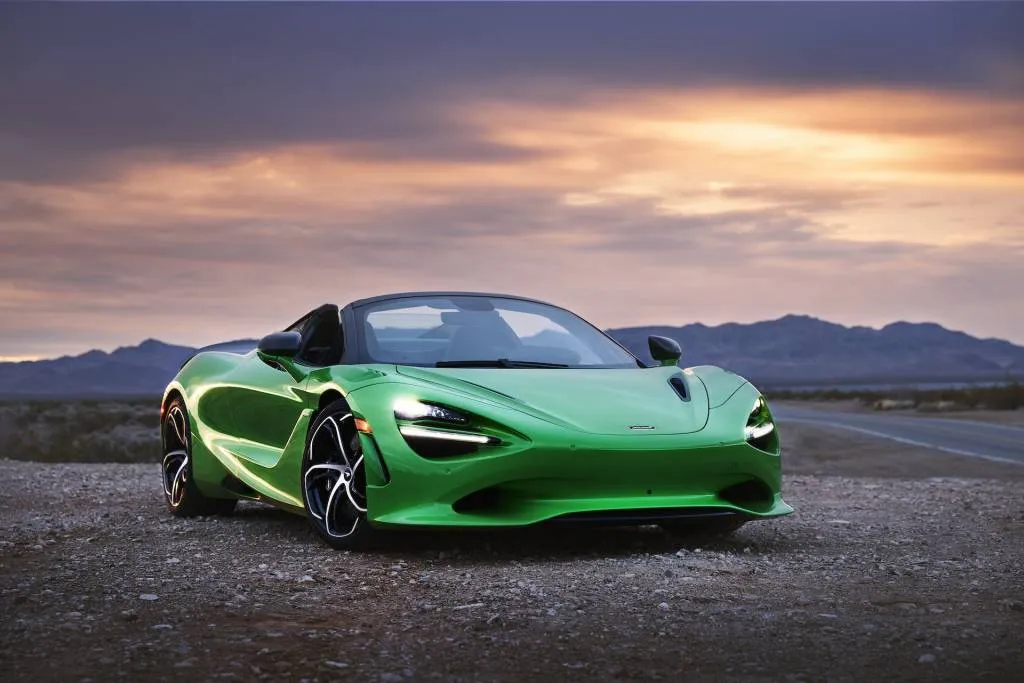McLaren has provided some insight on the design language that will shape the automaker's next generation of supercars and hypercars.
The new design language, which has been formulated under current design chief Tobias Sühlmann, relies on elements inspired by six decades of racing heritage, as well as certain key models, namely the F1 supercar. These elements will be interpreted for the future, McLaren said, so don't expect any retro designs.
A key trait is what McLaren calls the Performance Line. This is a signature shoulder line that has featured on most McLaren road cars in the past, including the F1, and results in cab-forward designs with short overhangs and a low front end.
For the front of the vehicles, the designs will feature two main symmetrical elements with a horizontal orientation in the lower fascia, likely serving as intakes. The headlights will also use the eye-socket style design with integrated intakes similar to what's found on the 750S and its 720S predecessor.

2024 McLaren 750S first drive, Las Vegas, February 2024
At the rear, McLaren will stick with the open fascia design that was used on the F1 and has been transferred to all modern McLaren road cars. Also borrowed from the F1 will be a wraparound dash design.
At a higher level, McLaren said the design language is built on five core principles: Epic, Athletic, Functional, Focused, and Intelligent. Most are self explanatory, but in the case of the Intelligent principle, McLaren is referring to the use of advanced materials, plus a deeper, more seamless integration of various design elements.
Crucially, McLaren said the design language is flexible enough to allow for an expanded lineup while also catering to future powertrain technologies.
McLaren hasn't said when and where we'll see the first application of its new design language, but a likely bet is the P1 successor rumored to debut later this year. A recent report suggested the new hypercar will stick with a V-8-based plug-in hybrid powertrain, à la the P1, but introduce a much lighter hybrid system and even roof-mounted gullwing doors.
